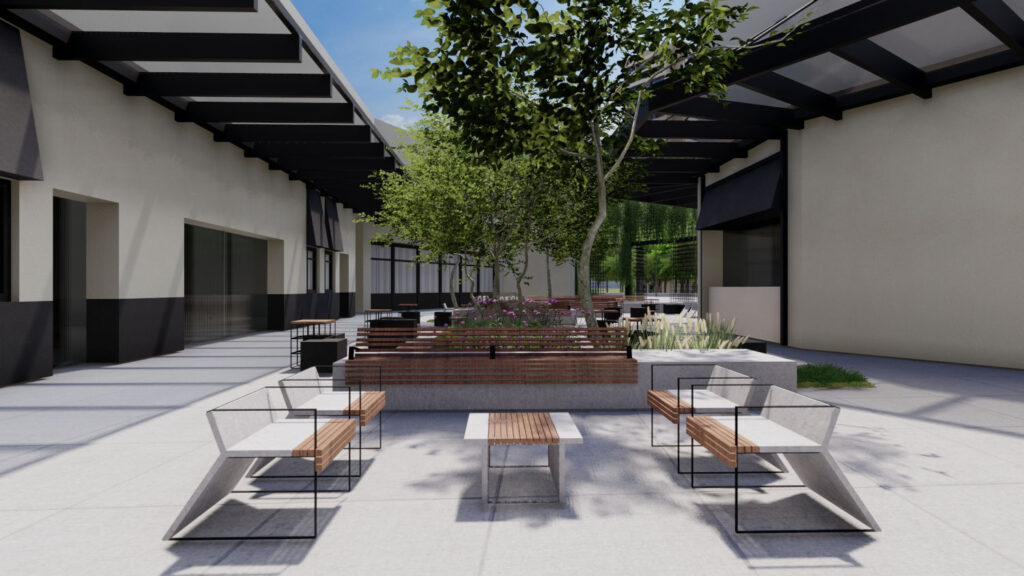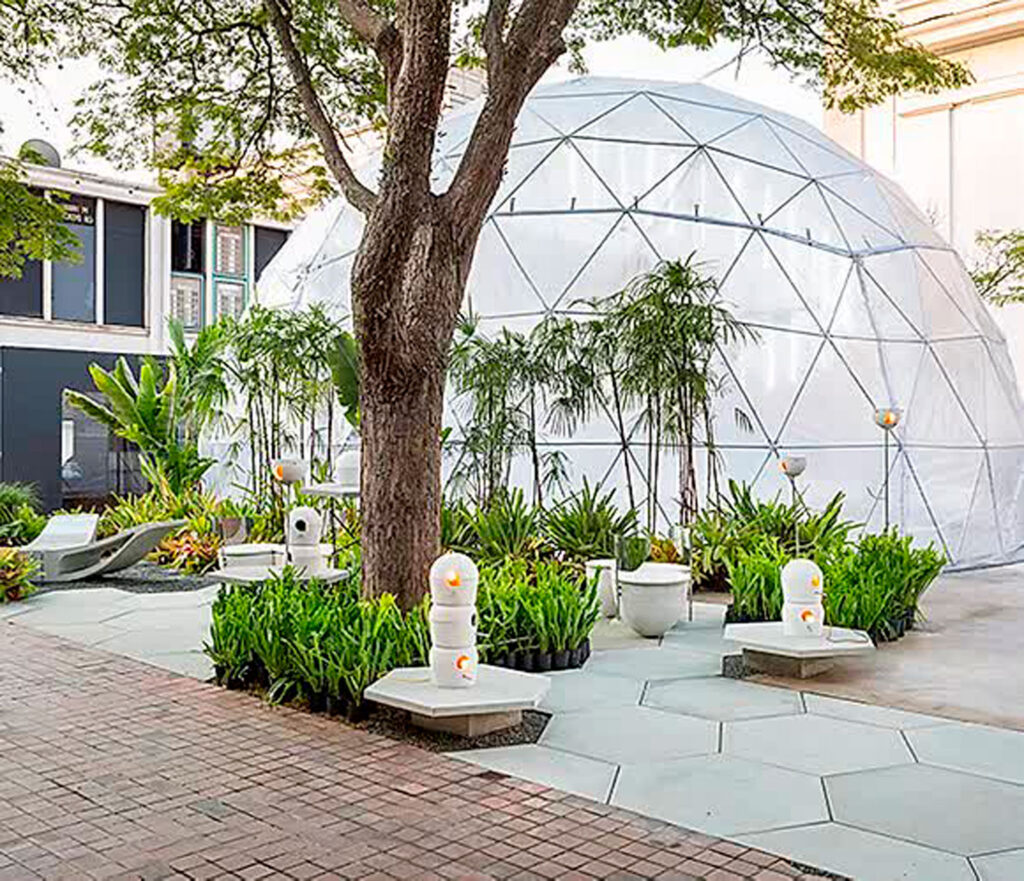Capable of reconciling beauty, elegance and, at the same time, simplicity and functionality to constructions and interiors, minimalist architecture is increasingly highlighted in the world. Known for the integration between environments, rejecting complex designs and textures, it is an updated and sophisticated concept of architecture. Understand more!
What is minimalist architecture?
The minimalist movement emerged in the 20th century, from artistic and cultural concepts characterized by the use of simplified fundamental elements. From there came the design and even the minimalist lifestyle, whose main influence was the elimination of excesses in architectural works. Considered the master of minimalism, the German architect Ludwig Mies Van der Rohe nailed it: less is more.
Main features of minimalist architecture
When it comes to excluding complex and exaggerated elements, minimalist art stands out for its clean lines, shapes, textures and exuberant tones. It is worth, here, the use of light and neutral colors, geometric shapes and simple materials, such as wood and MDF, a kind of medium density fiber.
Among the best-known and most used concepts, minimalist constructions can feature spacious facades, with bricks in their natural state on the walls, burnt cement floors, the enhancement of natural lighting (through railings and glass windows, for example) and the integration of environments from the extinction of walls and partitions.
Having said all that, the following stand out as the main characteristics of minimalist architecture:
- Natural lighting;
- Simplicity;
- Functionalism;
- Simple geometric shapes;
- Neutral or primary colors;
- Clean structures;
- Little ornamentation;
- Innovation in the use of materials;
- Purism.
Main works of minimalist architecture
Inspired by cubism, minimalist architecture emerged in the 1950s in New York City, United States, becoming a kind of counterculture in the face of North American consumerism. Among the main names that used the concept in their constructions are Gerrit Rietveld, Ludwig Mies van der Rohe, Bauhaus, Tadao Ando, Oscar Niemeyer, among others.
All these architects were responsible for the most famous works in the world, such as the Schröder House (Gerrit Rietveld), the Farnsworth House and the Barcelona Pavilion (both by Ludwig Mies van der Rohe), the Church of Light, 21 21 Design Sight and the University of Monterrey (Tadao Ando).
In Brazil
Responsible for some of the most important works in the country, such as the project for the city of Brasilia, Oscar Niemeyer is the best-known name in Brazilian minimalist architecture. Among its main buildings are the Planalto Palace (Brasília), the Copan Building (São Paulo) and the Pampulha Architectural Complex (Belo Horizonte).
Minimalist and sustainable designs
Para quem deseja elaborar um projeto de minimalist architecture combined with sustainability, Plantar Ideias can help build this dream. Created in 2016, the studio's main objective is to create concepts that promote well-being and contact with nature, prioritizing a more sensitive and refined approach to natural issues and the construction of landscapes.
Check also: O que é mobiliário urbano










